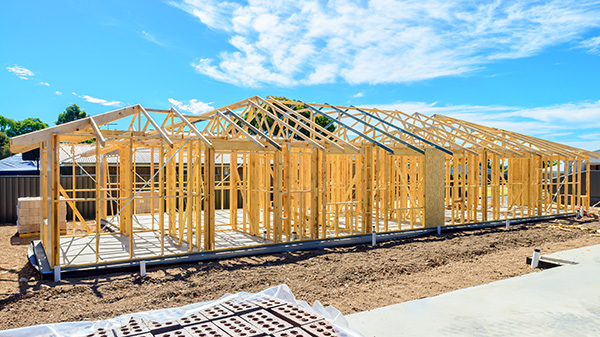Limited Site Classification is a type of site assessment that is typically used when the scope of the project is limited and a full site classification is not needed.
The limited site classification process typically includes a site visit to collect information on the soil and rock conditions, as well as the slope and drainage of the area. This information is then used to identify the soil type and to provide recommendations for the structural design of the foundation footings.
It’s important for engineers and construction teams to follow the recommendations of the Australian Standard AS2870 when conducting a limited site classification and reporting. This ensures that the foundation design is safe, stable and will perform as intended, providing reliable foundations for buildings and structures. Additionally, the limited site classification is cost-effective and appropriate for projects with limited scope and budget.
